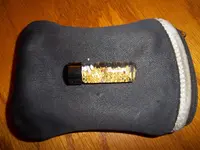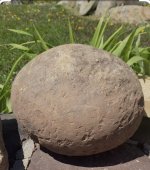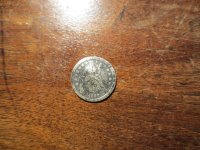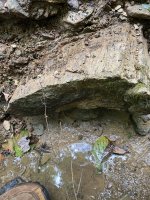Loneprospector
Tenderfoot
- Apr 27, 2018
- 6
- 21
- Detector(s) used
- Minelab Xterra 705
- Primary Interest:
- Prospecting
In the early 19th century of the pacific northwest there were a few trading posts, a few settlements but nothing like the 20th century. Also during this time there was a huge surge in population, commerce and exploration. I see lumber mills, mineral exploration and trading posts being the primary source for ones wealth.
I can understand a prospector trading the gold he found for supplies and survival. All the gold that was recovered had to go somewhere and I would like to know where and how. Who were the companies doing the assays? What companies bought up all the gold and where did it go? I've been through the HBC's archives and found lots of information on its employees and contractors, but nothing about its customers.
I want to know who the big contributors to our economy were that didn't make the history books. Honestly I'm at the point I feel like I'm grasping at straws. The stories and people I have been tracking don't have a lengthy paper trail like the people do from the 1860's and later. My fingers are crossed that there might be a record with one of these places that can help me on my journey of information gathering.

I can understand a prospector trading the gold he found for supplies and survival. All the gold that was recovered had to go somewhere and I would like to know where and how. Who were the companies doing the assays? What companies bought up all the gold and where did it go? I've been through the HBC's archives and found lots of information on its employees and contractors, but nothing about its customers.
I want to know who the big contributors to our economy were that didn't make the history books. Honestly I'm at the point I feel like I'm grasping at straws. The stories and people I have been tracking don't have a lengthy paper trail like the people do from the 1860's and later. My fingers are crossed that there might be a record with one of these places that can help me on my journey of information gathering.









